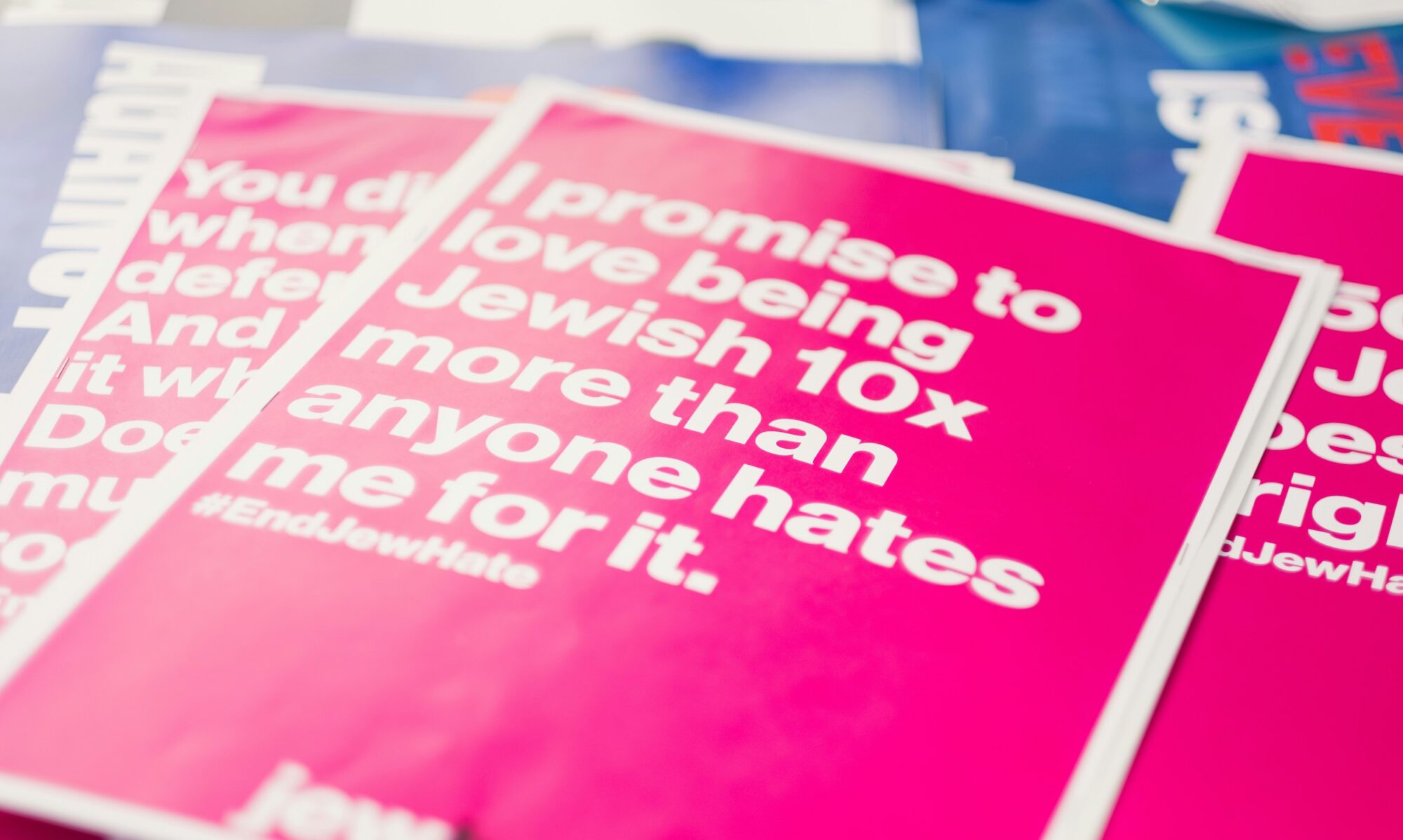Very recently a friend of mine who I worked with a few years ago posted a question on one of the social media platforms. His question was prefaced by saying he had not heard of Juneteenth until recently. The question posed was a simple innocent question from someone who had not been exposed to a lot of other cultures outside of his Northern California upbringing. According to Juneteenth.com website:
“Juneteenth is the oldest nationally celebrated commemoration of the ending of slavery in the United States. Dating back to 1865, it was on June 19th that the Union soldiers, led by Major General Gordon Granger, landed at Galveston, Texas with news that the war had ended and that the enslaved were now free. Note that this was two and a half years after President Lincoln’s Emancipation Proclamation — which had become official January 1, 1863. The Emancipation Proclamation had little impact on the Texans due to the minimal number of Union troops to enforce the new Executive Order. However, with the surrender of General Lee in April of 1865, and the arrival of General Granger’s regiment, the forces were finally strong enough to influence and overcome the resistance.”
More important is the fact that for 155 years this has been quietly celebrated by many in the black community in the US. Almost as important is that many in other communities knew very little if any at all that this celebration existed. In 1965, the late Senator Patrick Moynihan sent a report to the Johnson (LBJ) Administration, the very first comprehensive look that other societies other than black societies had a chance to look into the proverbial windows of black America. Many blacks already had a window into white America because they worked in the homes and businesses of the majority white America. It was a one-way mirror for many years — so most whites were slightly enlightened as to how things were on the sometime literal side of the tracks.
Since that report 55 years ago, little has been done to put together an in-depth report on the 2 societies. Surely many things have changed. I would state that most have been for the good —some not so good. One of the most significant things is that there are more biracial relationships across America. The relationships are not just white and black, but Spanish, Asian, Native American. There have been many enlightening moments for our society such as having our first biracial President Barack Obama and the Loving v. Virginia US Supreme Court Ruling in 1967 which invalidated any laws governing biracial marriages. My starting conversation with my former colleague on his social posting prompted me to ask myself, “If many did not know this about Juneteenth, what else don’t we know about each other?” We live side-by-side with many colors, religion and cultures and yet we know very little outside of our own self-made bubbles. I want to attempt to let you know some of the things I’ve learned about other cultures in my adult life and challenge you to do the same…
About 10 years ago I worked with a man who was born in Kenya but is of Indian/Hindu descent. He enlightened me about his family’s celebration of Diwali. Diwali is celebrated through October and November. It is their festival of lights. This festive celebration shows the triumph of light over darkness or good over evil. We have celebrated several other Indian holidays at his house. Let’s just say many delicious curry dishes have been consumed with them — all, I might add, were vegetarian. Correspondingly, he has visited and celebrated with my family and our foods. If I forgot to mention, I was originally born in Jamaica in the Caribbean, a point I believe is germane to this essay. I believe a lot of my fascination with other cultures is because I am from another culture. My wife likes to say I’m from another time as well. She might very well be right.
When I moved to the State of Nevada in 1996, all I knew about the LDS church was that they were Mormons. My only exposure to this culture was limited to seeing their Book of Mormon in some hotels across the country. I also enjoyed watching the Mormon Tabernacle Choir and their presentation of Handel’s Messiah every Christmas and Easter season. Outside of these two references, I had no more until I started working with some LDS members in the late 90’s. Some of the myths that the larger society believes — such as polygamy, for example — are no longer practiced. They are very much Christians who have what they describe as additional teachings. Just as the Old Testament brought new teachings, their Book of Mormon gives continued dialog about Jesus. I have also found out it is better to refer to them as LDS (Latter Day Saints) rather than the term, “Mormons.” Also, they are super family and community oriented. I am not ready to convert, but I can see how someone could be attracted to this group.
My overall point in this essay is to stimulate curiosity rather than adversity, enlightenment vs. condemnation. Our motto from the Latin of E Pluribus Unum — or “Out of Many, One” — should be what stimulates us to embrace our differences and build on the similarities we share. The more I learn and know, the more I realize how much I don’t know.
How about you ? Are you willing to explore?
Respectfully…
DG
